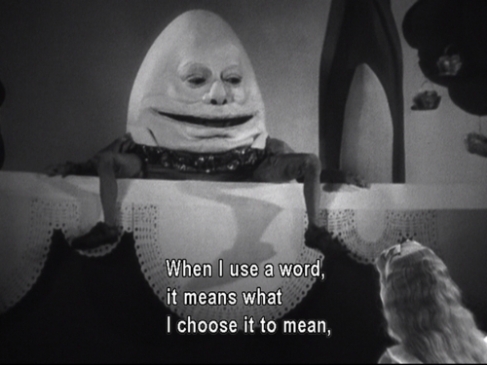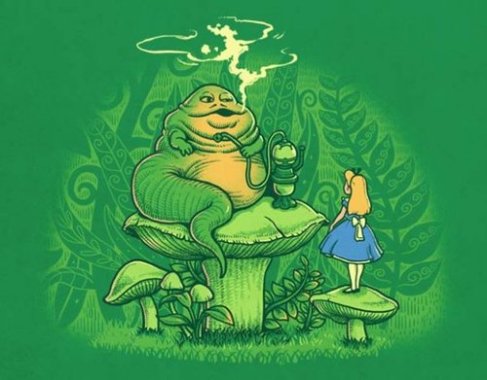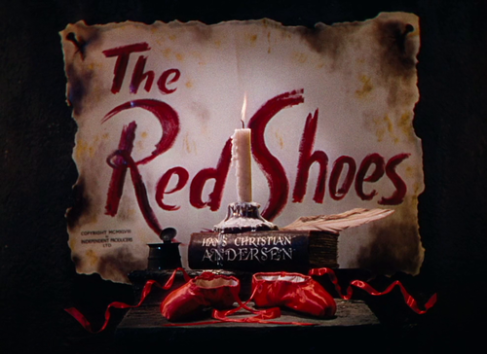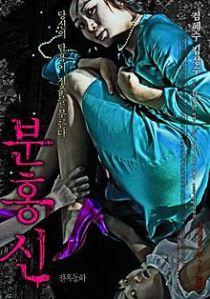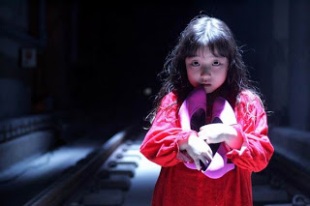After the production of Peter Pan, J.M Barrie began receiving questions about what happens to Wendy after her encounter with Peter and Neverland. He decided to include “An Afterthought,” to satisfy the curiosity readers, and followers of the beloved characters had about what was to come for the boy who never grows up, and his female friend.
In the epilogue, Barrie brings the story full circle and explains how the passing of time means his young companions will age, and soon forget the wonders they shared in the fantastical world of Neverland. But with this aging also brings new daughters, and therefore new generations for Peter to influence.
Many view this alternate ending as a bittersweet way to bring the story to a close. Upon Peter’s initial return to the Darling house, after many years, he is greeted by an adult Wendy putting her own daughter Jane to bed. Wendy must break the news that she has grown past the age of flying capabilities because she has “forgotten.” This is heartbreaking for Peter because he is being forced to face the reality that everyone he loves and has emotional attachments to will advance him temporally and eventually forget his existence. This is precisely why he must start over every few years with a new child–a fresh imagination, ready to be taken away to a land only their wildest dreams could’ve conceived.
This entire sequence is commonly left out of later adaptations of the story, which seems unusual considering the initial interest in the afterthought was the reason Barrie included an epilogue to the story in the first place. Perhaps it is to spare the audience of having to accept the truth that Peter and Wendy can never be together, and if this is true, the story is being deprived a perfect connecting thread to the beginning of the story.
“If you ask your grandmother if she’s heard of Peter Pan…”


